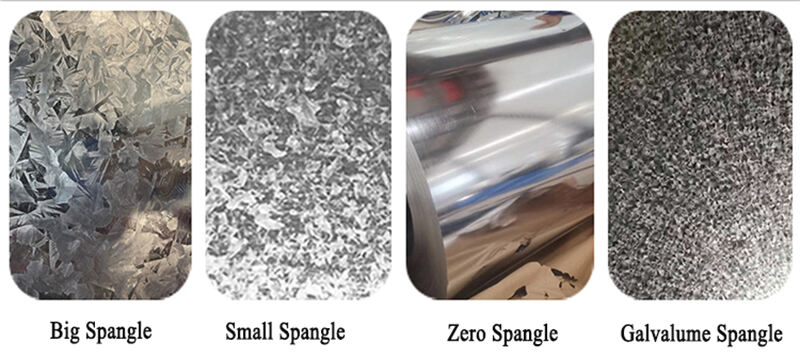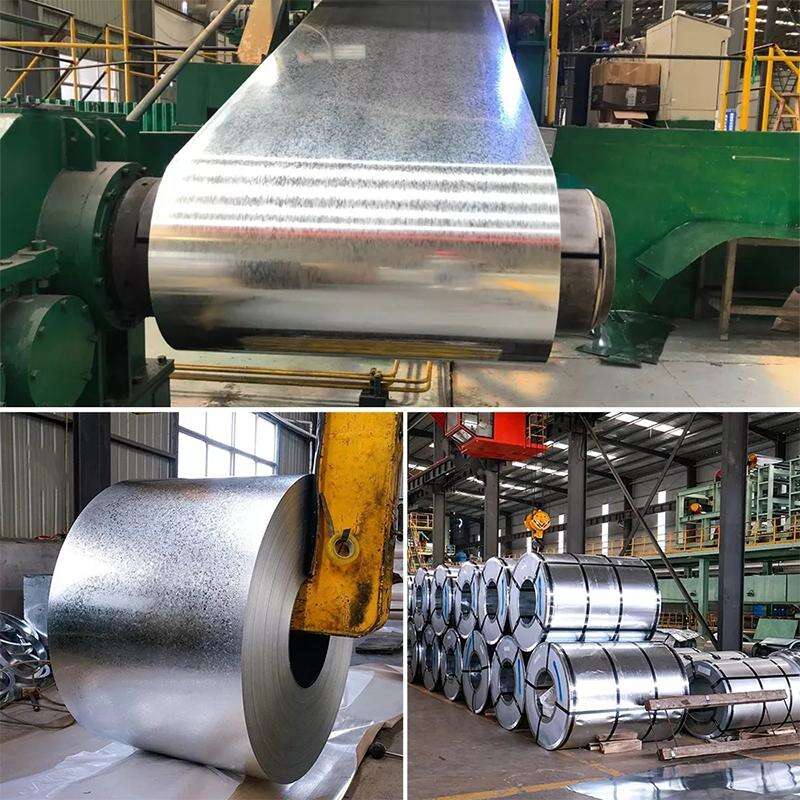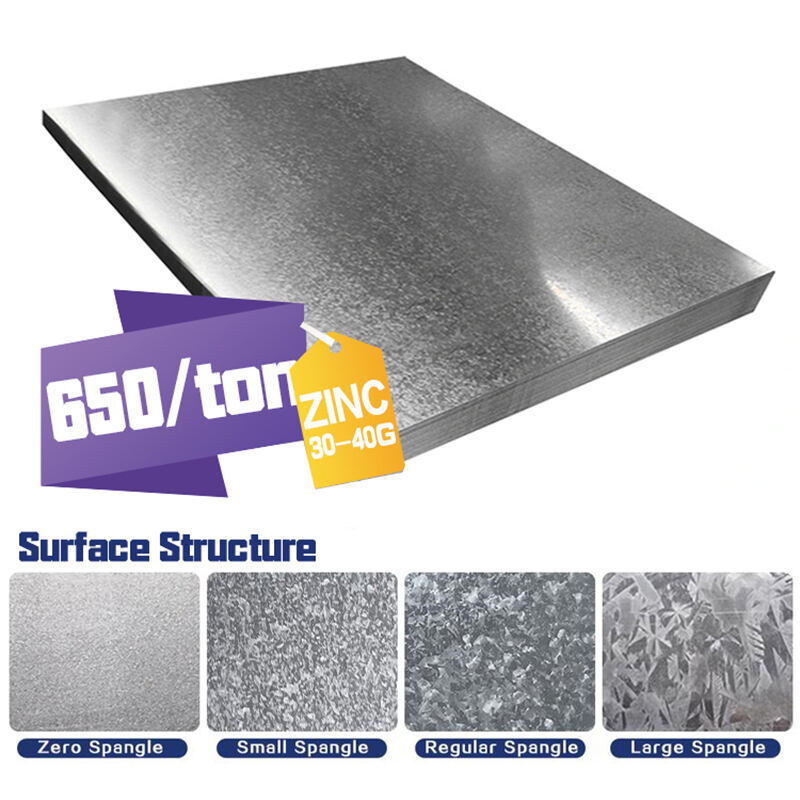Galvanized steel is a specific metal with a protective finish that prevents rust and damage. This layer is crucial, as it not only shields the steel from water, air and all other contaminants that would usually promote corrosion. Galvanized steel is highly resistant to corrosion and is used in numerous applications, particularly in construction and farming, as it remains functional for long periods of time without being changed. But do you know how long the galvanized steel actually lasts? Let us now look at what makes galvanized steel durable, how to use it well and, finally, how to know when it is time to part with your beloved material and replace it with something new?

Factors that influence the lifespan of galvanized steel
The duration for which galvanized steel lasts may vary and depend on several critical factors. A major one is the climate and environment surrounding the steel. Galvanized steel that is subjected to the outdoors and adverse weather like rain, snow, or salty air from the ocean, begins to rust faster than steel that is protected from bad environments. The protective coating on the galvanized steel does help, but if the steel is constantly slogging around in foul weather, there is only so much it can do.
“How well the coating is applied as part of the galvanising process is another important thing.” When the coating is not applied correctly, or is damaged after some time, the steel underneath may not be completely protected against rust and corrosion. This means that it depends on high-quality coatings and proper application to keep the steel viable for many decades without having to be replaced.
Care and maintenance of galvanized steel:
Taking good care of galvanized steel is what it takes to make it live for as long as possible. There dirt and other things can accumulate which can lead to trapping moisture and rust hence regular cleaning is really important. Helpful whether or not to check the steel regularly for any signs of damage, including scratches or areas where the coating may begin to wear away. If you do find any damage, it’s important to repair it as soon as possible to prevent it from getting worse.
If the galvanized steel is a few years old, another way to protect it is by adding another coat of galvanizing solution as a precaution. This can help re-establish its protective properties, and prevent it from rusting. Following these steps and monitoring the health of the steel can make it last far longer.
How long does galvanized steel last in various environments?
Location can also provide insight into how long it will last: As discussed briefly above, the steel can suffer from adverse weather conditions. So if the steel is in a very dry area with little rain, it might last far longer than steel that is in a place with a lot of rain or snow for example. The speed at which rust develops on the steel is influenced by the level of moisture present in the air.
The type of soil or water that it contacts also affects the longevity of the steel. So, steel submerged in saline ocean water, for example, may get corroded faster compared to steel in simply freshwater. Understanding these factors can help you figure out how to position and maintain galvanized steel in various settings, and what you can do to get it to last as long as possible.

Why does that galvanized steel not rust so easily:
galvanised colour coated steel coils has a very high level of corrosion resistance, meaning it fights off rust very well. The protective coating that is applied to the steel serves as a deterrent to rust and helps prolong the life of the metal. This is one of the factors that make galvanized steel a popular choice for many projects. Evidently, keep in mind that galvanized steel remains susceptible to rust, which is why it is not rust-proof. The protective coating wears off over time from exposure to the elements, which can eventually allow the steel underneath to rust.
Regular maintenance and inspections are crucial to prevent this. Inspecting and cleaning your galvanized steel regularly will help maintain its condition and prevent it from rusting.

When to replace the galvanized steel:
Galvanized steel is extremely durable and has a very long lifespan, however, at some point, it may need to be replaced. If your steel is severely rusted or irreparably damaged, it may need to be replaced with a new piece of steel. That is particularly relevant when the steel can no longer do its job, like supporting a structure or carrying loads. Periodical consultations will let you know when it's best to replace galvanized steel materials so you can retain safety and efficiency.
All in all,stainless steel coils when properly maintained, galvanized steel is a strong and durable material that can last for years to come! So learning the factors that impact its longevity, how to maintain it with adequate cleaning and inspections, and when it is time to replace it means that your galvanized steel materials will serve for decades, working reliably. Runhai focuses on supplying hot dipped galvanized steel products for different application.

 EN
EN
 AR
AR
 BG
BG
 FR
FR
 DE
DE
 HI
HI
 IT
IT
 JA
JA
 KO
KO
 PT
PT
 RO
RO
 RU
RU
 ES
ES
 TL
TL
 IW
IW
 ID
ID
 LV
LV
 LT
LT
 SR
SR
 SK
SK
 SL
SL
 UK
UK
 VI
VI
 SQ
SQ
 GL
GL
 HU
HU
 MT
MT
 TH
TH
 TR
TR
 AF
AF
 GA
GA
 BE
BE
 MK
MK
 HY
HY
 AZ
AZ
 KA
KA
 BN
BN
 BS
BS
 LO
LO
 MN
MN





